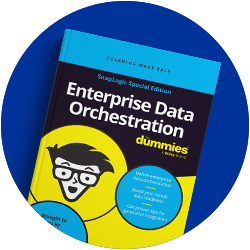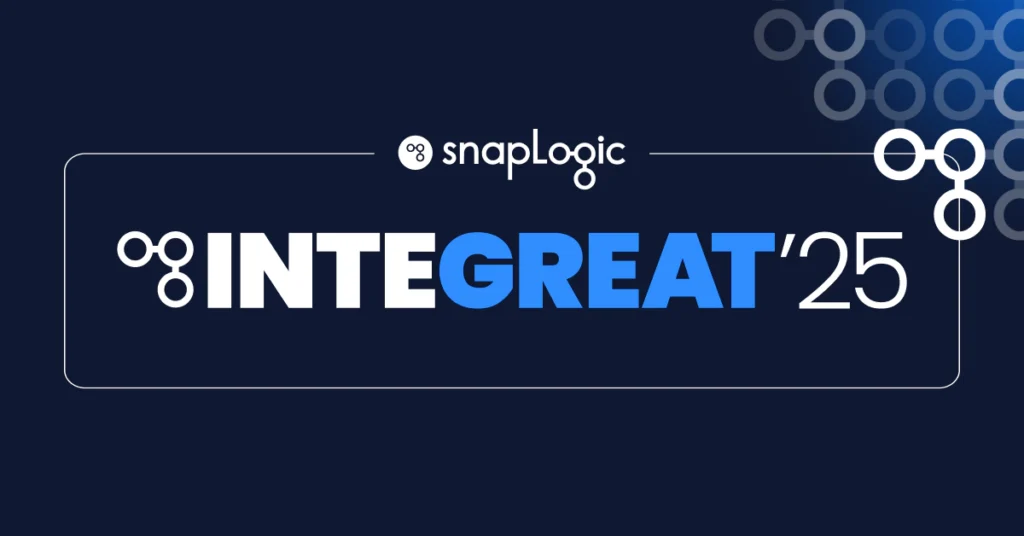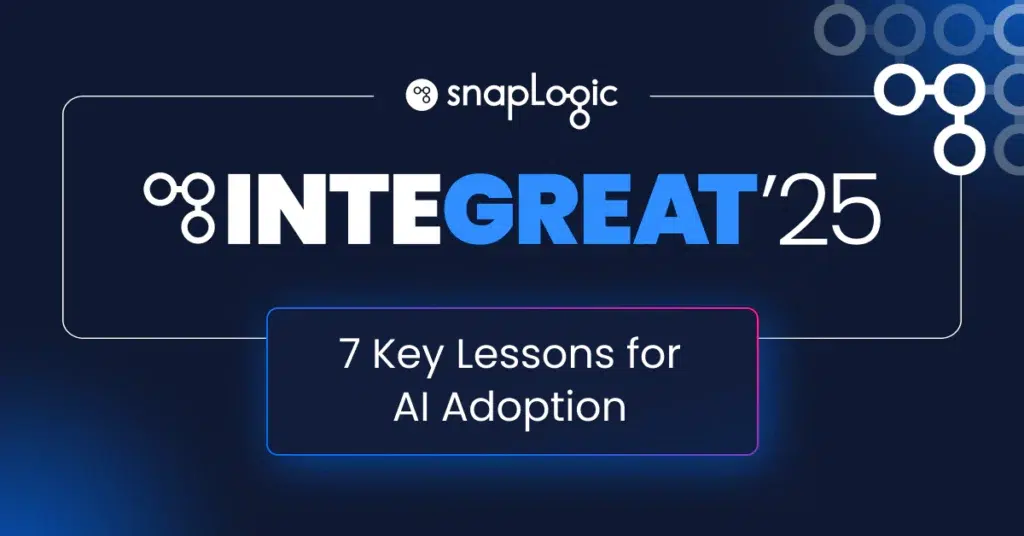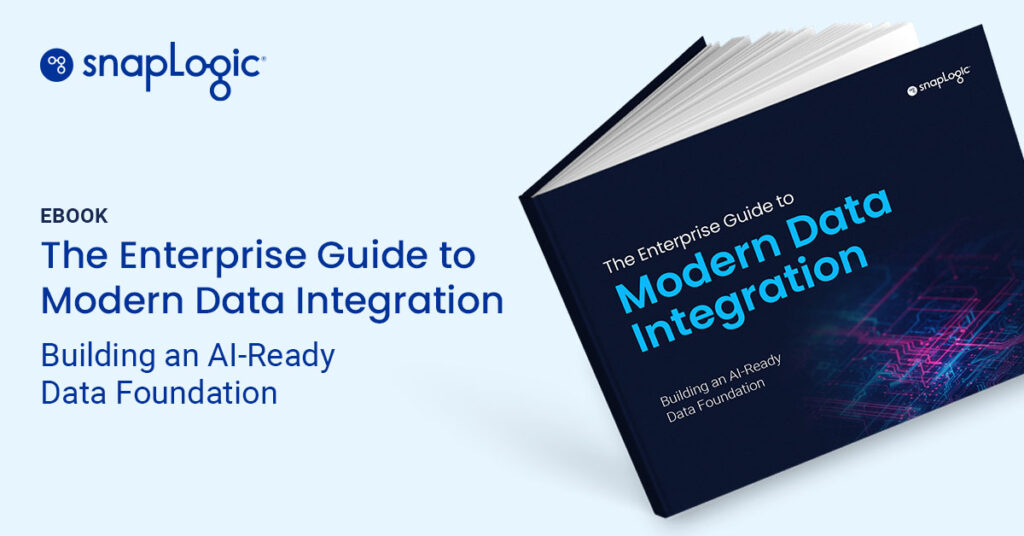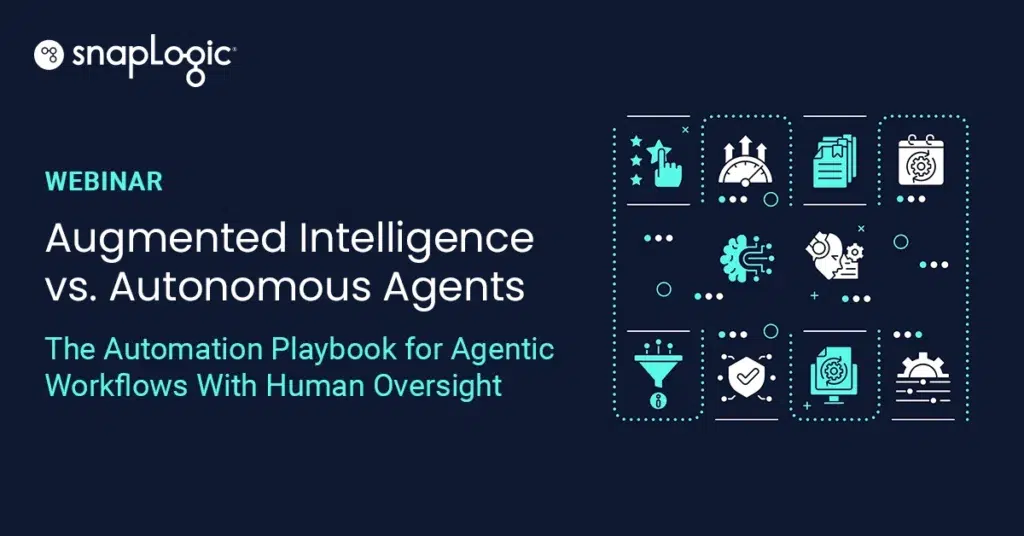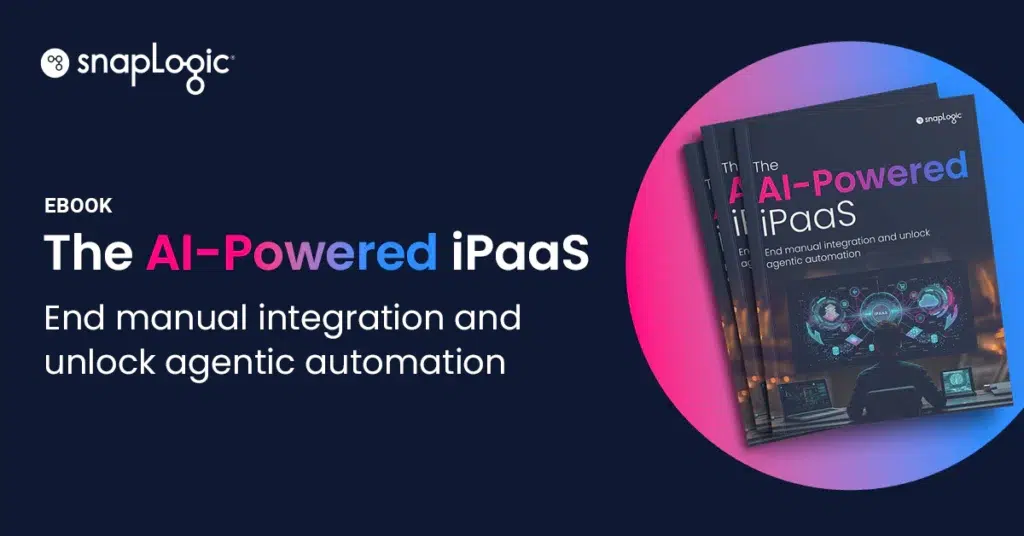L'observabilité des données est la pratique qui consiste à surveiller, mesurer et comprendre la santé de vos pipelines de données, de vos actifs de données et de vos systèmes de données en temps réel. Il s'agit de donner aux ingénieurs de données, aux analystes et aux parties prenantes une visibilité complète de votre pile de données. Vous pouvez ainsi détecter les problèmes de qualité des données, optimiser les les workflows et maintenir la fiabilité et l'évolutivité de votre écosystème de données.
Principaux enseignements
- L'observabilité des données aide les organisations à garantir la fiabilité, la fraîcheur et l'intégrité des données dans tous les ensembles et sources de données.
- Il permet aux équipes chargées des données d'identifier rapidement les causes profondes des temps d'arrêt, des goulets d'étranglement et des modifications de schémas.
- Avec les bons outils d'observabilité des données et l'automatisation, vous pouvez surveiller les métriques, valider les données et maintenir des données de haute qualité pour les tableaux de bord, les modèles d'apprentissage automatique et l'analyse.
Pourquoi l'observabilité des données est-elle importante ?
La prise de décision basée sur les données dépend de données opportunes, de haute qualité et fiables. Sans observabilité des données, des problèmes potentiels (par exemple, des modifications de schéma, des temps d'arrêt des données ou des anomalies) peuvent se glisser, entraînant des rapports peu fiables, des modèles d'apprentissage automatique défaillants ou des accords de niveau de service non respectés. En déployant une plateformeobservabilité des données, vous donnez à votre organisation une visibilité de bout en bout sur les flux de données, les dépendances, les métadonnées et le cycle de vie complet des données.
Comment fonctionne l'observabilité des données
- Surveillance en temps réel : Suivez en permanence l'état des données, leur actualité, leur volume et leur qualité dans vos pipelines ETL, vos entrepôts de données et vos tableaux de bord.
- Détection des anomalies : Les algorithmes alimentés par l'IA mettent en évidence les écarts, les problèmes de qualité des données ou les changements soudains dans l'infrastructure des données, afin que les équipes puissent prendre des mesures rapidement.
- Analyse des causes profondes : Remonter à la source des problèmes, de la dérive des schémas aux sources de données en amont, à l'aide d'une cartographie automatisée des liens et des dépendances.
- Automatisation : Mettez en place des alertes automatisées, des contrôles de validation et des seuils pour informer les ingénieurs ou les scientifiques des données des problèmes potentiels, avant qu'ils n'aient un impact sur la prise de décision ou les opérations.
- Contrôle de la qualité des données : Mesurez et appliquez l'intégrité, la fraîcheur et la gouvernance des données dans l'ensemble de vos les workflows gestion des données.
Cas d'utilisation courants
- Surveillance du pipeline de données : Assurez-vous que vos données circulent sans problème entre les sources, les entrepôts et les tableaux de bord, en minimisant les temps d'arrêt et les silos.
- Assurance qualité des données : Validez et optimisez en permanence la qualité de grands ensembles de données complexes pour l'analyse, l'apprentissage automatique et la création de rapports.
- Conformité et gouvernance : Surveillez le cheminement des données et les métadonnées pour soutenir la gouvernance, les pistes d'audit et la transparence de l'organisation.
- Dépannage et optimisation : Détectez et résolvez rapidement les goulets d'étranglement ou les baisses de performances sur l'ensemble de votre pile de données.
Avantages de l'observabilité des données
- Fournit des données fiables pour les produits de données, les analyses et les décisions éclairées.
- Améliore la collaboration entre les équipes chargées des données, les ingénieurs chargés des données et les parties prenantes.
- Réduit le temps consacré au dépannage et à la lutte contre les incendies en mettant automatiquement en évidence les causes profondes.
- Prise en charge d'une infrastructure de données évolutive de bout en bout, quel que soit le volume de données ou la complexité de votre environnement.
FAQ
Quels sont les piliers de l'observabilité des données ?
Les piliers fondamentaux comprennent le contrôle de la qualité, de la fraîcheur, de la lignée, du schéma et du volume des données, ainsi que la détection des anomalies en temps réel et l'analyse automatisée des causes profondes.
Comment l'observabilité des données favorise-t-elle l'apprentissage automatique et l'IA ?
En garantissant que vos données de formation sont exactes, à jour et exemptes d'anomalies, l'observabilité des données permet de maintenir des modèles et des algorithmes d'apprentissage automatique fiables.
Qu'est-ce qui fait une bonne solution d'observabilité des données ?
Une plateforme solide doit offrir une surveillance en temps réel, la prise en charge d'outils open-source, l'automatisation, des tableaux de bord flexibles et une intégration approfondie dans l'ensemble de votre écosystème de données.
Qui bénéficie de l'observabilité des données ?
Les ingénieurs et scientifiques des données, les parties prenantes de l'entreprise et tous ceux qui s'appuient sur des décisions fondées sur des données. Des données fiables et de qualité permettent d'obtenir de meilleurs résultats pour l'ensemble de l'organisation.

